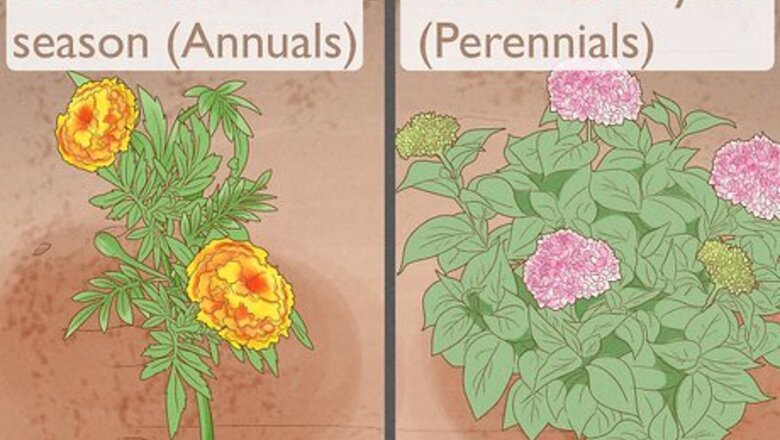
views
- Perennial flowers come back year after year, while annual flowers only live for one season.
- Perennials are larger and require less maintenance, but are more expensive.
- Annuals are smaller and more labor-intensive, but cheaper and more readily available.
- Roses, peonies, daylilies, hostas, mums, and coneflowers are perennial plants. Sunflowers, pansies, coneflowers, zinnias, marigolds, and petunias are annual plants.
What’s the difference between perennials and annuals?
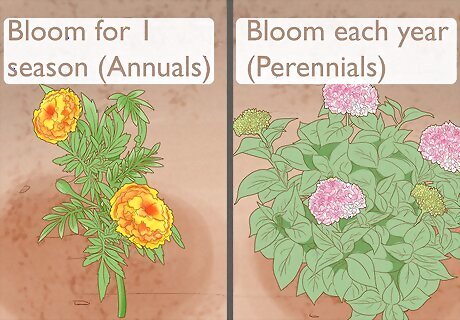
Perennials bloom each year, while annuals only bloom for one season. An annual flower completes its entire life cycle in a single season. Perennials, on the other hand, will rebloom each warm season for 3 or more years. “Perennial” comes from the Latin word “perennis” which means “lasting the year through.” “Annual” is based on the Latin word “annus” meaning “year.”
Characteristics of Perennials

Perennials have a short bloom time but a long lifespan. They typically flower for a short period during the spring or summer season. During the winter or dormant season, the top portion of the plant will die back, then regrow and bloom in the spring or summer from the existing root system for 3 or more years. Some plants that are considered perennials may actually behave as annuals depending on your climate. For instance, tulips need a dormant period (a cold winter) and a hot, dry growing season to come back each year, and they might not rebloom if the weather isn't just right. Trees and shrubs are considered perennial plants.

Perennials tend to be larger than annuals. Because of their longer lifespan, they have more time to grow and flourish. Typically, perennials require less water and fertilizer than annuals. They also spread more readily and will fill in gaps in your garden to create lush beds.
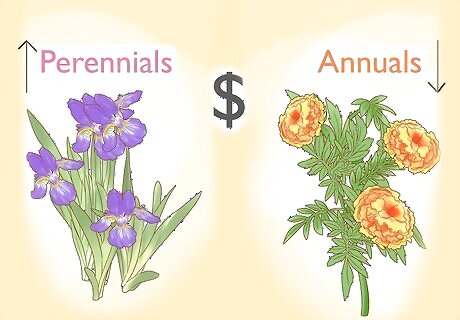
Perennial flowers are typically more expensive than annuals. However, they have a better return on investment since they last for multiple years. They can be more difficult to grow from seed, so purchase mature perennials from a nursery for the best results. They also require less maintenance, and you can pretty much plant them and leave them to their own devices.
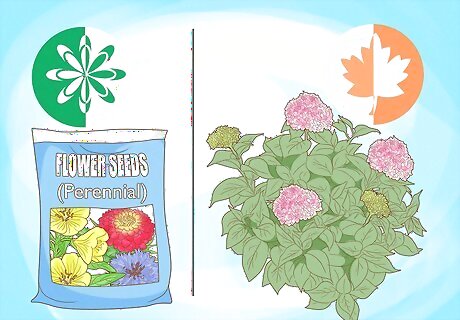
Plant perennial seeds in the spring and mature plants in the fall. Perennials are hardy plants, and some seeds actually need a period of cold temperatures to germinate. Follow the directions on the seed packet for your specific flowers, but in general, plan to plant them before the last frost. If you’re transplanting mature perennials, plant them about 6 weeks before the fall frost to give them time to get established before they go dormant. Some perennials planted from seed won’t produce blooms until the spring or summer of the second year after planting.
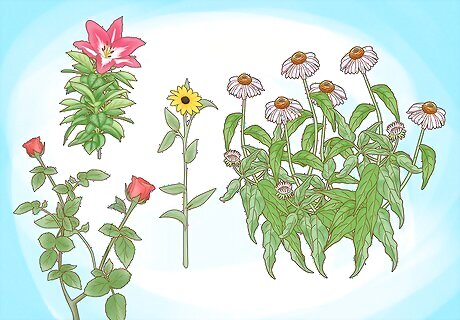
Choose perennials that are native to your area. Your flowers will thrive best if they’re meant to grow in the region you live in, and they’ll also help support pollinators and birds in your area. To find native plants for your location, check out the USDA Native Plants Database. Popular perennials include: Peonies Daylilies Hostas Mums Asters Roses Coneflowers Black-eyed Susans Salvia
Characteristics of Annuals
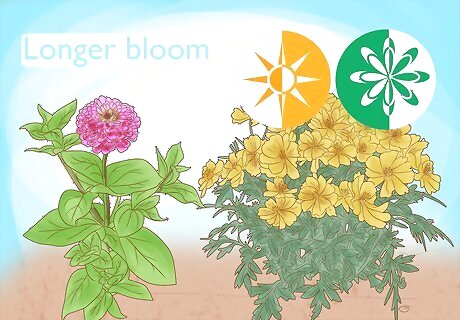
Annuals bloom throughout the spring and summer. They have a longer bloom time than perennials, as they expend all of their energy on flowering since they only last a single season. After the first frost, they’ll die off and won’t regrow the following year.
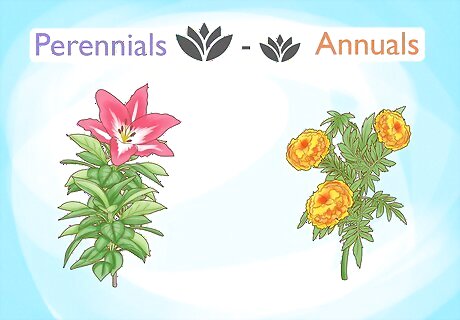
Annuals are usually smaller than perennials. They have a shorter lifespan, so they don’t have as much time to put on growth. Most annuals are small- to medium-sized plants. They come in a wide range of vibrant colors and styles.
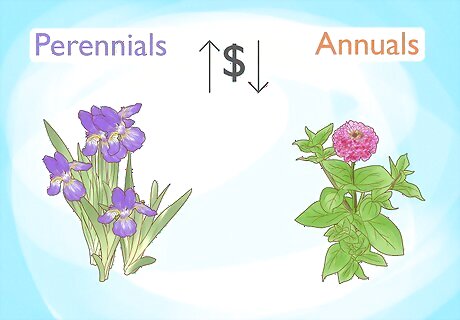
Annual flowers tend to be less expensive than perennials. They’re easy to grow from seed and are also widely available and easy to find. However, they’re more labor-intensive than perennials and require more nurturing. Annuals are great plants to experiment with, as you can replace them the next season if you don't like how they looked, or replant them if they were just what you wanted.
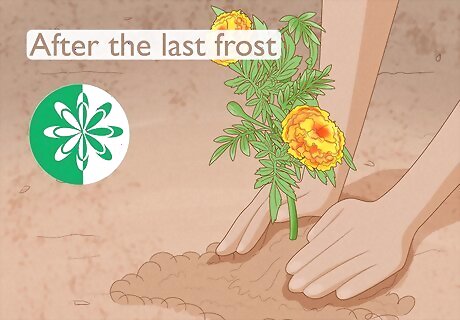
Plant annuals in the spring after the last frost. Annuals are tender plants, but they grow quickly. To get a headstart on your garden, plant annual seeds indoors about 6-8 before the last frost, then transplant them outside. To nurture your flowers, fertilize and water them throughout the season. Deadhead and prune back leggy annuals to keep them looking their best all season. When the plants die, pull them out of the ground.
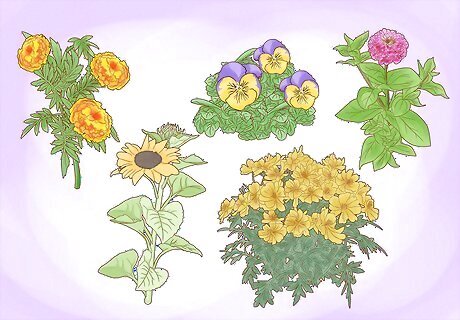
Select annual flowers that are suited to your hardiness zone. Different flowers thrive best in different weather conditions and temperatures. Check your hardiness zone and select flowers that are suited for your region. To find your hardiness zone, check out the USDA Plant Hardiness Zone Map. Popular annuals include: Petunias Marigolds Impatiens Zinnias Sunflowers Cosmos Aster Petunias Snapdragons Pansies
What are biennials?
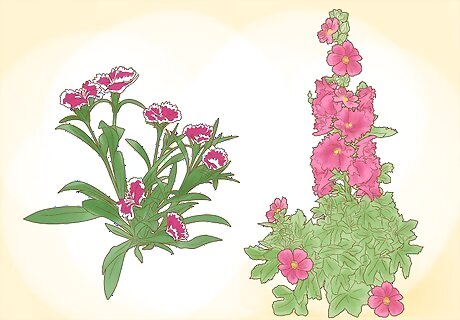
Biennials are plants that last 2 years. They only grow foliage the first year and bloom the second. After that, their lifecycle is complete. Popular biennials include foxgloves, sweet William, and hollyhocks. In regions with long growing seasons, like Florida, biennials may only last a single year. They produce leaves and then flowers without going dormant like they would in a colder climate.












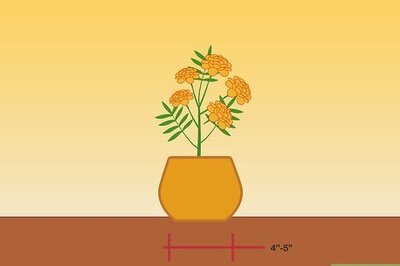






Comments
0 comment